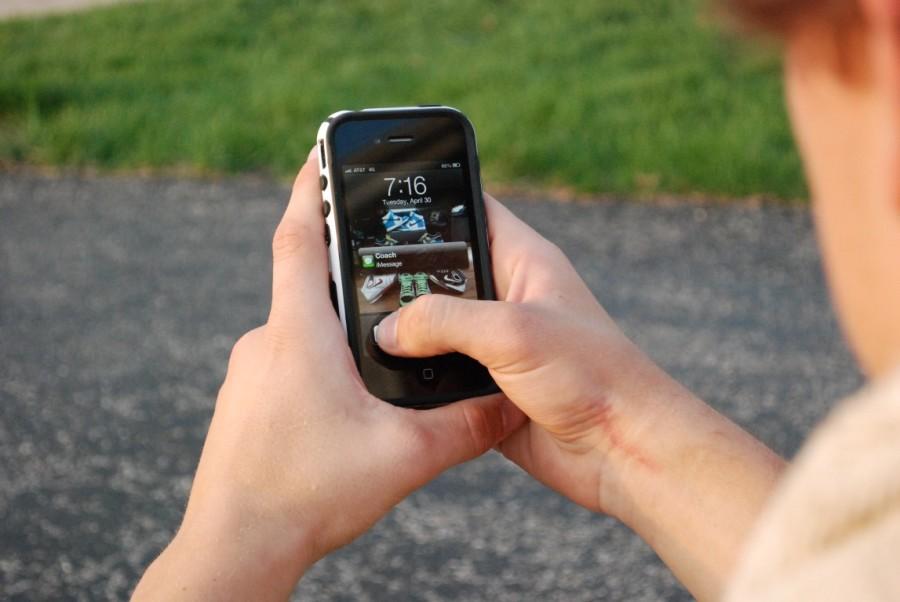The Board of Education created a new social media policy for next year to protect faculty members from misinterpreted communication with students in extracurricular activities.
LZHS encourages communication between teachers, club sponsors, or coaches with their students or athletes. According to newswire online, social media usage, including texting, tweeting, facebook, and emails, increased to 121 billion minutes in July 2012 from 88 million minutes in July 2011. The social media policy aims for safe communication between faculty, parents, and students.
“There are too many that could be misunderstood or misconstrued in social media. You can’t read tone into an email or [into] a lot of things but a lot of people do it,” said Ryan Rubenstein, assistant principal for student activities and facilities.
The social media policy aims to have communication be transparent. When a message is sent, the teacher or coach would notify the administrator of their department or include them in the message.
Administration has provided teachers with tools, such as websites and example messages, to provide guidance on how to avoid writing a message that can be misinterpreted; using the policy allows the teachers to be accountable for the message they have sent.
“We’re asking our coaches, sponsors and teachers to be accountable [for the messages],” Rubenstein said. “We just ask people to be responsible with their use of technology.”
Some schools like Mundelein High School (MHS) are sticking with the old policy; forbidding social media and texting between faculty and students. LZHS, however, recommends sponsors to communicate with students.
“[Texting is] important to make sure [the students] know what’s going on and keep them updated on things,” Rolando Vazquez, athletic director, said.
Instead of adapting a policy similar to LZHS’s new policy, MHS encourages any coach or advisor to set up a twitter account. While twitter is a form of quick communication, some student athletes believe texting is more productive if looking for an instant response.
“It’s convenient because sometimes I can’t get to [my coach] till school or class,” Noah Allgood, junior, said. “It’s an easy tool just to communicate back and forth.”
Not only is texting seen as one of the easiest ways to communicate, Allgood also agrees on texting is beneficial because of the instant feedback. With the new technology, more and more ways for communication via social media is popping up.
“This topic is very dynamic and is revisited often with our social media changing all the time,” Vazquez said. “The school board asks us to revisit [this topic often] to see if there are different ways and different things we can do to try and encourage our staff to communicate with kids so it’s even more transparent.”

